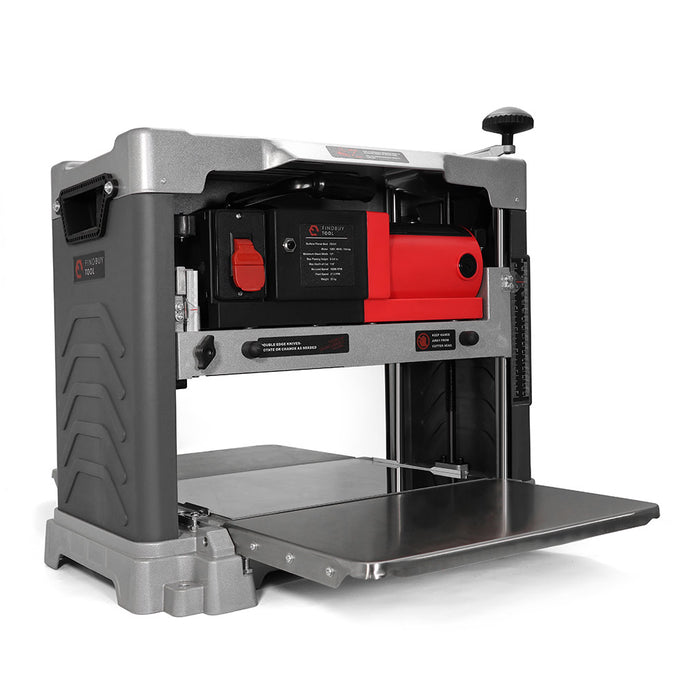Mastering the Art of Surface Smoothing: Exploring the Diverse World of Wood Planers
In the captivating realm of woodworking, the humble planer stands as a versatile and indispensable tool, capable of transforming rough-hewn lumber into a smooth, uniform surface. But the world of wood planers extends far beyond the traditional hand-powered variety, encompassing a diverse array of specialized machines and innovative technologies, each designed to cater to the unique needs and preferences of the modern woodworker.
At the foundation of this exploration lies the benchtop planer, a compact and convenient solution that has long been a staple in workshops of all sizes. These compact powerhouses excel at delivering a consistent, smooth finish on a wide range of wood types, making them an invaluable asset for DIYers, hobbyists, and professional cabinetmakers alike. With their ability to quickly and efficiently flatten and smooth boards, benchtop planers have become indispensable tools for a wide range of woodworking projects, from furniture construction to custom millwork.
For those seeking a more substantial and robust solution, the floor-standing planer represents the next step in the evolution of surface smoothing technology. These larger, more powerful machines are capable of handling thicker, wider boards with ease, making them the go-to choice for high-volume production work or the creation of large-scale woodworking projects. Boasting impressive cutting depths and a range of advanced features, floor-standing planers offer unparalleled precision and control, allowing woodworkers to achieve a level of surface quality that was once the exclusive domain of professional workshops.
Stepping beyond the traditional planer, we encounter the emergence of specialty machines designed to tackle unique challenges and expand the boundaries of what's possible in woodworking. The thickness planer, for instance, is a specialized tool that excels at precisely controlling the thickness of boards, making it an invaluable asset for those working with materials of varying thicknesses or seeking to achieve a perfectly consistent final product.
Parallel to the advancement of traditional planer technology, the introduction of portable electric planers has revolutionized the way woodworkers approach on-site and small-scale projects. These compact, handheld powerhouses offer a level of convenience and maneuverability that was previously unheard of, allowing users to tackle a wide range of tasks, from edge-jointing to quick surface smoothing, with remarkable ease and precision.
But the diversity of wood planers doesn't stop there, as the advent of CNC (Computer Numerical Control) technology has ushered in a new era of automated surface finishing. These computer-controlled machines, capable of precisely managing the depth of cut, feed rate, and other critical parameters, have opened up new realms of possibility for woodworkers, enabling the creation of intricate, seamless surfaces with unparalleled consistency and efficiency.
As you delve deeper into the world of wood planers, you'll also discover the importance of understanding the various features and adjustments that can be made to optimize the performance of these versatile tools. From blade sharpness and feed rate to depth of cut and dust collection systems, each aspect of a planer's design and operation plays a crucial role in determining the quality and efficiency of the finished product.
By mastering the art of adjusting and fine-tuning these various elements, woodworkers can unlock the true potential of their planers, achieving consistently exceptional results that not only meet but exceed the demands of their projects. Whether you're tackling a simple DIY project or embarking on a complex, large-scale endeavor, the right planer, combined with the knowledge and skill to use it effectively, can be the key to unlocking your full potential as a craftsperson.
As you continue your journey in the realm of woodworking, the diverse world of wood planers will undoubtedly become an increasingly integral part of your creative arsenal. From the compact convenience of the benchtop model to the raw power and precision of the floor-standing variety, each type of planer offers its own unique set of advantages, waiting to be discovered and harnessed by the discerning woodworker. By embracing this rich tapestry of possibilities, you'll be well on your way to creating masterpieces that not only captivate the senses but also stand the test of time.

© 2021. KR Goswami. All Rights Reserved.